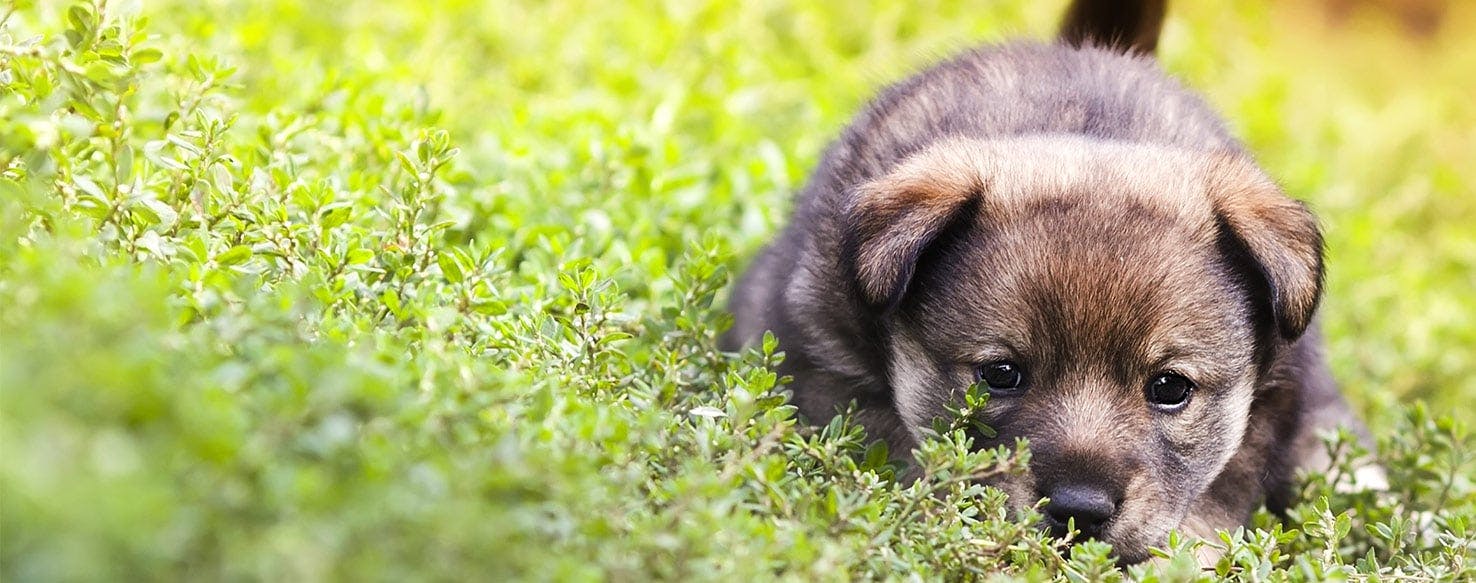- Home
- The Daily Wag!
- Senses
- Can Dogs Smell Concentrates?
Can Dogs Smell Concentrates?

Introduction
Have you witnessed a dog eager to play catch? One that can’t contain their emotion and eagerly await for you to throw the ball? If you have seen this then you already know the signs of a dog smelling concentrates.
What do we mean, you may ask? We suggest you take some time to delve into the topic and read on below!
Signs of Dogs Smelling Concentrates
When a drug-detection dog hits on the smell of concentrate, they will bark, paw at the location, and become excited. They’ve been trained for this moment. They have succeeded and are eagerly awaiting the reward for doing so. Their acute sense of smell alerts them.
The handler may tell them “get it, get it!”, further exciting them as they paw, dig, scratch and sniff at the location. Their attention is focused, knowing that they are near the goal. They follow the scent, nose first, body shaking with excitement, and barking to tell their handler “here, here, it’s right here!”
When a dog alerts to the smell of concentrates, it is obvious. The excitement is uncontrollable as the dog has been trained for this exact moment.
Body Language
Here are some signs you might notice when a dog smells concentrates:
- Growling
- Alert
- Digging
- Shaking
- Scratching
Other Signs
More signs to watch for include:
- Sitting Near The Concentrates
- Pawing At The Handler
- Barking
History of Dogs Smelling Concentrates
The United States began training dogs to identify illegal substances in the late 1960s. But as the legalization and decriminalization of cannabis spreads, drug-sniffing dogs are being taught to ignore marijuana and focus more on heroin, ecstasy, and methamphetamine. As recreational cannabis is becoming legal in more states, the role of the drug-sniffing K-9 is changing.
But the super-power sniffers on dogs will continue to be put to good use, finding missing people and searching out explosives. In 1994, a child abducted from Salt Lake City was found 40 miles away after a Rottweiler trailed her scent. Following the earthquake in Haiti, a Golden Retriever located a survivor who had been trapped under the destruction for 17 days. Dogs were used to search out survivors following the collapse of the World Trade Center and the destruction of Hurricane Katrina. Today, Labradors are being trained to aid soldiers in IED detection in Iraq and Afghanistan.
So, while the use of their innate sense of smell is shifting from the War on Drugs, it will still be put to good use. Dogs truly are man’s best friend, serving and protecting with their ability to smell.
Science of Dogs Smelling Concentrates
Dogs' ability to smell concentrations is 10,000 to 100,000 times more acute than ours. Where we smell an apple pie, a dog will smell the nutmeg, sugar, apples, flour, cinnamon, and whatever else was snuck into the recipe. Dogs have even been used to sniff out cancer and help diabetic patients identify changes in their insulin before they even feel the changes.
Here’s the difference. Humans have about six million olfactory receptors in their noses while dogs have up to 300 million. And the smelling part of their brain, that’s bigger too. In fact, it’s 40 times bigger! The way they breathe and filter air through their system all plays into their ability to signal out specific smells.
While different breeds have different abilities, all dogs are capable of sniffing out concentrates. After all, dogs perceive the world through their sense of smell.
Training of Dogs Smelling Concentrates
Drug-detection dogs are typically picked out between the ages of one and three to train. More important than their breed is their enthusiasm for training. They are chosen for their energy, something the handlers want them to retain in their upcoming careers. Still, the most common breeds used are Labrador Retrievers, Golden Retrievers, and German shepherds.
Toys are scented with the concentrate and thrown into the yard. The dog is told to find it and uses its acute sense of smell to do so. The dog associates the smell with their toys and when they come across the smell of concentrates, becomes excited and eager to play.
If you are wanting to train your dog to sniff out concentrates and live in a state where concentrates are legal to obtain, start by scenting your dog’s toy. Place some concentrate inside a fill-toy. You won’t need much; a dog’s sense of smell is, after all, remarkable. Give a specific instruction like “find the toy” while the dog is playing with it.
Then, take the toy away. Replace the toy with a non-smelling one and say nothing. Repeat this multiple times. After a while, your dog will be able to distinguish between the two toys. Now, hide the scented one and tell your dog to “find the toy.” You’ll have your very own drug-sniffing dog in no time.
If concentrations are not legal in your state, reach out to the National Narcotic Detector Dog Association for details, and let them know you are interested in training your dog for scent detection.
Have questions or concerns about your pet?
Chat with a veterinary professional in the Wag! app 24/7.
Get Vet ChatSafety Tips for Having Your Dog Smell for Concentrates:
- Only obtain concentrates if it is legal to do so where you live.
- Make sure your dog does not consume any of the concentrates, as cannabis can be toxic to dogs.
Written by Hope Griffin
Veterinary reviewed by:
Published: 06/11/2018, edited: 04/06/2020
